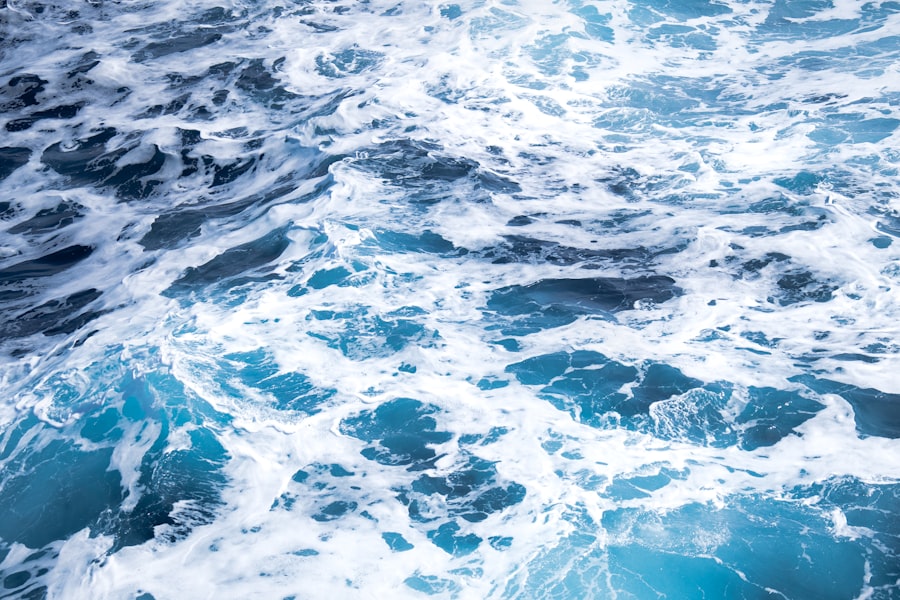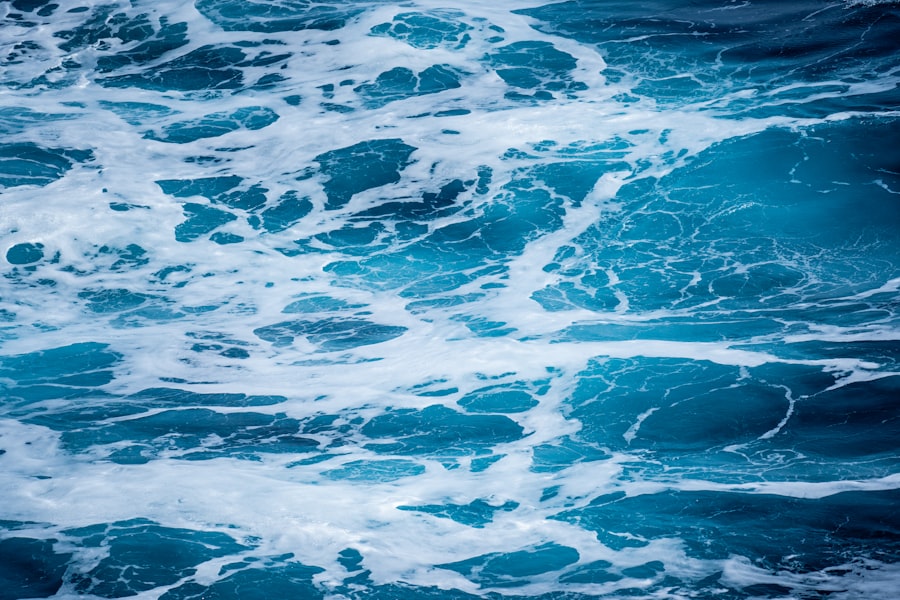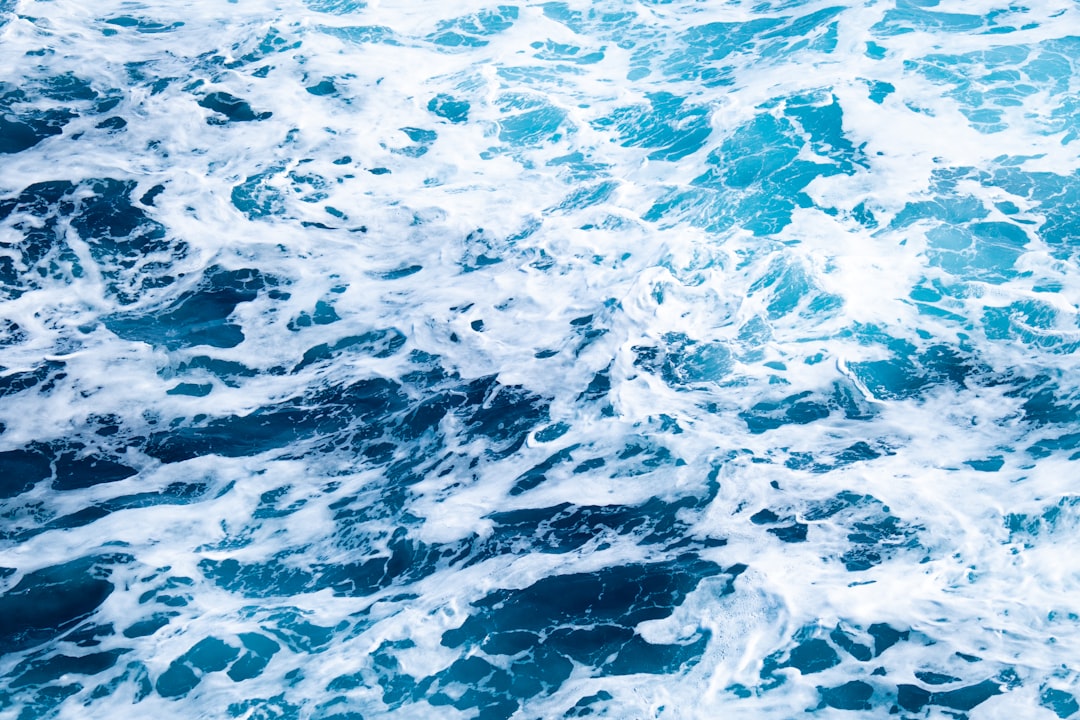The Drake Passage, a body of water situated between the southern tip of South America and Antarctica, is renowned for its tumultuous seas and unpredictable weather. Spanning approximately 800 kilometers (500 miles) in width, it serves as a critical maritime route for vessels traveling to and from the Antarctic region. The passage is named after Sir Francis Drake, the English explorer who navigated these waters in the late 16th century.
Its strategic importance cannot be overstated, as it connects the Atlantic and Pacific Oceans, making it a vital corridor for marine traffic. Navigating the Drake Passage is not merely a logistical challenge; it is an adventure that tests the mettle of even the most seasoned sailors. The waters are notorious for their strong currents and high waves, which can reach heights of up to 15 meters (49 feet) during storms.
This unpredictability has earned the passage a reputation as one of the most treacherous maritime routes in the world. However, for those who dare to traverse its waters, the Drake Passage offers breathtaking views and a unique opportunity to witness the raw power of nature.
Key Takeaways
- The Drake Passage is a narrow stretch of water between South America’s Cape Horn and the South Shetland Islands of Antarctica, known for its rough seas and challenging sailing conditions.
- Weather and climate conditions in the Drake Passage are unpredictable and can change rapidly, with strong winds, high waves, and potential for extreme cold temperatures.
- When choosing a vessel for the journey through the Drake Passage, it’s important to consider factors such as size, stability, and experience of the crew in navigating through rough seas.
- Safety precautions and emergency protocols are crucial for a smooth passage, including mandatory safety drills, life jacket usage, and emergency communication systems on board.
- Packing essentials for the journey should include warm and waterproof clothing, sturdy footwear, seasickness medication, and camera gear for wildlife spotting opportunities.
- Sea sickness and motion sickness remedies such as medication, acupressure bands, and staying on deck to focus on the horizon can help alleviate discomfort during the passage.
- The Drake Passage offers unique wildlife spotting opportunities, including sightings of whales, seals, penguins, and various seabird species, making it a highlight for nature enthusiasts.
- Navigation and route planning through the Drake Passage require careful consideration of weather patterns, ice conditions, and historical significance, with experienced captains and crew members leading the way.
- The historical significance of the Drake Passage as a maritime route includes its association with early explorers, scientific expeditions, and the legacy of adventurous voyages to Antarctica.
- Tips for a smooth passage include staying well-hydrated, getting plenty of rest, following safety instructions, and embracing the adventure with a positive attitude.
- Post-passage reflections and memories often include a sense of accomplishment, awe-inspiring encounters with wildlife, and a deeper appreciation for the remote and rugged beauty of the Antarctic region.
Weather and Climate Conditions
The weather conditions in the Drake Passage are notoriously volatile, characterized by rapid changes that can occur within a matter of hours. The region experiences a subpolar oceanic climate, which means that temperatures can fluctuate dramatically throughout the year. During the summer months, temperatures may hover around 5 to 10 degrees Celsius (41 to 50 degrees Fahrenheit), while winter can bring frigid conditions with temperatures plummeting below freezing.
The combination of cold air from Antarctica and warmer air from the north creates a perfect storm for unpredictable weather patterns.
The area is known for its fierce winds, which can reach speeds of over 100 kilometers per hour (62 miles per hour).
These winds contribute to the formation of large swells and rough seas, making navigation particularly challenging. Mariners must remain vigilant and adaptable, as weather forecasts can change rapidly, requiring them to adjust their plans on the fly. Understanding these climatic nuances is essential for anyone planning to embark on a journey through this formidable passage.
Choosing the Right Vessel

Selecting the appropriate vessel for traversing the Drake Passage is crucial for ensuring safety and comfort during the journey. Various types of ships are equipped to handle the unique challenges posed by these waters, ranging from sturdy icebreakers to smaller expedition vessels designed for adventure tourism. Ice-strengthened ships are particularly advantageous, as they are built to withstand harsh conditions and navigate through ice-laden waters.
In addition to structural integrity, the vessel’s size plays a significant role in determining its suitability for the passage. Larger ships may offer more stability in rough seas but can be less maneuverable. Conversely, smaller vessels may provide a more intimate experience but can be more susceptible to the whims of the ocean.
Ultimately, choosing the right vessel involves balancing safety features with personal preferences for comfort and adventure.
Safety Precautions and Emergency Protocols
| Category | Metric | Value |
|---|---|---|
| Safety Precautions | Fire Extinguishers | 20 |
| Safety Precautions | Emergency Exits | 4 |
| Emergency Protocols | Evacuation Drills | Monthly |
| Emergency Protocols | First Aid Kits | 10 |
Safety should always be a top priority when navigating the Drake Passage. Mariners must be well-versed in emergency protocols and prepared for any eventuality. This includes conducting thorough safety drills before departure, ensuring that all crew members are familiar with emergency procedures, and having access to life-saving equipment such as life rafts, flares, and first aid kits.
In addition to standard safety measures, it is essential to monitor weather conditions closely throughout the journey. Advanced weather forecasting technology can provide valuable insights into impending storms or changes in sea conditions. By staying informed and prepared, sailors can make informed decisions about when to navigate through challenging areas or seek shelter in calmer waters.
Ultimately, a proactive approach to safety can make all the difference in ensuring a successful passage.
Packing Essentials for the Journey
Packing for a journey across the Drake Passage requires careful consideration of both personal needs and environmental factors. Given the unpredictable weather conditions, travelers should prepare for a range of temperatures and conditions. Layering clothing is key; lightweight thermal base layers, waterproof outer shells, and insulated jackets are essential for staying warm and dry.
In addition to clothing, travelers should also consider packing essential gear such as binoculars for wildlife spotting, cameras for capturing stunning landscapes, and personal items like sunscreen and lip balm to protect against harsh winds. A well-stocked first aid kit is also advisable, as minor injuries or ailments can occur during any adventure. By preparing thoughtfully, travelers can ensure they have everything they need for a comfortable and enjoyable journey across this remarkable passage.
Sea Sickness and Motion Sickness Remedies

The Drake Passage is infamous for its rough seas, which can lead to sea sickness or motion sickness among travelers. Symptoms may include nausea, dizziness, and general discomfort, making it essential to have remedies on hand. Over-the-counter medications such as meclizine or dimenhydrinate can be effective in preventing or alleviating symptoms when taken before embarking on the journey.
In addition to medication, there are several natural remedies that travelers may find helpful.
Staying hydrated and consuming light snacks can also help mitigate symptoms.
For those particularly prone to motion sickness, choosing a cabin located in the middle of the ship may provide a more stable experience. By being proactive about potential discomforts, travelers can focus on enjoying their adventure rather than battling nausea.
Wildlife Spotting Opportunities
One of the most enchanting aspects of traversing the Drake Passage is the opportunity to observe diverse wildlife in their natural habitats. The waters are teeming with marine life, including various species of whales such as humpbacks, orcas, and minke whales. Birdwatchers will also delight in spotting seabirds like albatrosses and petrels soaring gracefully above the waves.
The surrounding islands and coastlines provide additional opportunities for wildlife encounters. Penguins are particularly abundant in this region, with several species calling these icy shores home. Travelers may have the chance to witness these charming creatures waddling along beaches or swimming gracefully in the frigid waters.
Engaging with knowledgeable guides who can share insights about local wildlife enhances the experience further, allowing travelers to appreciate the rich biodiversity that thrives in this remote part of the world.
Navigation and Route Planning
Effective navigation and route planning are paramount when traversing the Drake Passage. Mariners must consider various factors such as weather patterns, sea currents, and potential hazards along their chosen route. Utilizing advanced navigation technology can significantly enhance safety and efficiency during the journey.
Planning should also account for potential detours or alternative routes in case of adverse weather conditions or rough seas. Experienced captains often rely on historical data and real-time information to make informed decisions about their course. By remaining flexible and adaptable, sailors can navigate through challenging conditions while ensuring a safe passage across this formidable stretch of water.
Historical Significance of the Drake Passage
The historical significance of the Drake Passage extends far beyond its challenging waters; it has played a pivotal role in maritime exploration and trade since its discovery. Early explorers sought new trade routes to Asia and discovered this passage as a means of connecting two oceans. Sir Francis Drake’s expedition in 1578 marked one of the first recorded navigations through these waters, paving the way for future explorers.
Throughout history, the Drake Passage has been both a gateway and a barrier for adventurers seeking to explore Antarctica’s mysteries. It has witnessed countless voyages that have contributed to our understanding of geography, climate science, and marine biology. Today, it remains an essential route for scientific research expeditions aimed at studying climate change and its impact on polar regions.
Tips for a Smooth Passage
To ensure a smooth passage across the Drake Passage, travelers should prioritize preparation and flexibility. Staying informed about weather conditions is crucial; checking forecasts regularly allows sailors to anticipate changes and adjust their plans accordingly. Additionally, maintaining open communication with crew members fosters a collaborative atmosphere where everyone feels empowered to contribute to safety measures.
Travelers should also embrace adaptability during their journey. The unpredictable nature of the Drake Passage means that plans may need to change at a moment’s notice due to weather or sea conditions. By remaining open-minded and willing to adjust itineraries as needed, travelers can make the most of their experience while navigating this remarkable stretch of water.
Post-Passage Reflections and Memories
Completing a journey across the Drake Passage often leaves travelers with profound reflections and lasting memories. The experience of navigating such challenging waters fosters a sense of accomplishment and resilience that resonates long after returning home. Many travelers find themselves inspired by the raw beauty of nature they encountered along the way—towering icebergs, dramatic coastlines, and vibrant wildlife create indelible impressions that linger in their minds.
Sharing stories with fellow travelers further enriches these memories; recounting adventures over shared meals or during quiet moments on deck allows individuals to bond over their shared experiences. Whether it’s reminiscing about spotting whales breaching in the distance or recalling moments of camaraderie during rough seas, these reflections become cherished tales that travelers carry with them long after their voyage has ended. Ultimately, traversing the Drake Passage is not just about reaching a destination; it is about embracing an extraordinary journey filled with challenges, discoveries, and unforgettable moments that shape one’s perspective on adventure itself.
The Drake Passage is a significant body of water that lies between the southern tip of South America and Antarctica, known for its challenging navigation conditions due to strong currents and unpredictable weather. This passage is a crucial part of the global oceanic circulation, playing a vital role in the mixing of ocean waters. For those interested in exploring more about the geographical and environmental significance of such regions, you might find this related article insightful. It delves into various geographical phenomena and their impacts on our planet, providing a broader context to the importance of areas like the Drake Passage.
WATCH NOW! Drake Passage: Earth’s Deadliest Waters Revealed
FAQs
What is Drake Passage Antarctica?
Drake Passage is the body of water between the southern tip of South America and the northern tip of the Antarctic Peninsula. It is known for its rough seas and challenging sailing conditions.
Why is Drake Passage significant?
Drake Passage is significant because it is the shortest and most direct route between Antarctica and the rest of the world. It is also an important area for scientific research and exploration.
What is the weather like in Drake Passage?
The weather in Drake Passage is known for being unpredictable and often stormy. It is characterized by strong winds, high waves, and cold temperatures.
What wildlife can be found in Drake Passage?
Drake Passage is home to a variety of wildlife, including seabirds, whales, and seals. It is a popular area for birdwatching and whale watching.
How is Drake Passage navigated?
Navigating Drake Passage can be challenging due to its rough seas and unpredictable weather. Ships and boats must be well-equipped and experienced to safely traverse the passage.
What is the history of Drake Passage?
Drake Passage is named after the English explorer Sir Francis Drake, who is believed to have been the first European to sail through the passage in 1578. It has since become an important route for exploration and trade.
